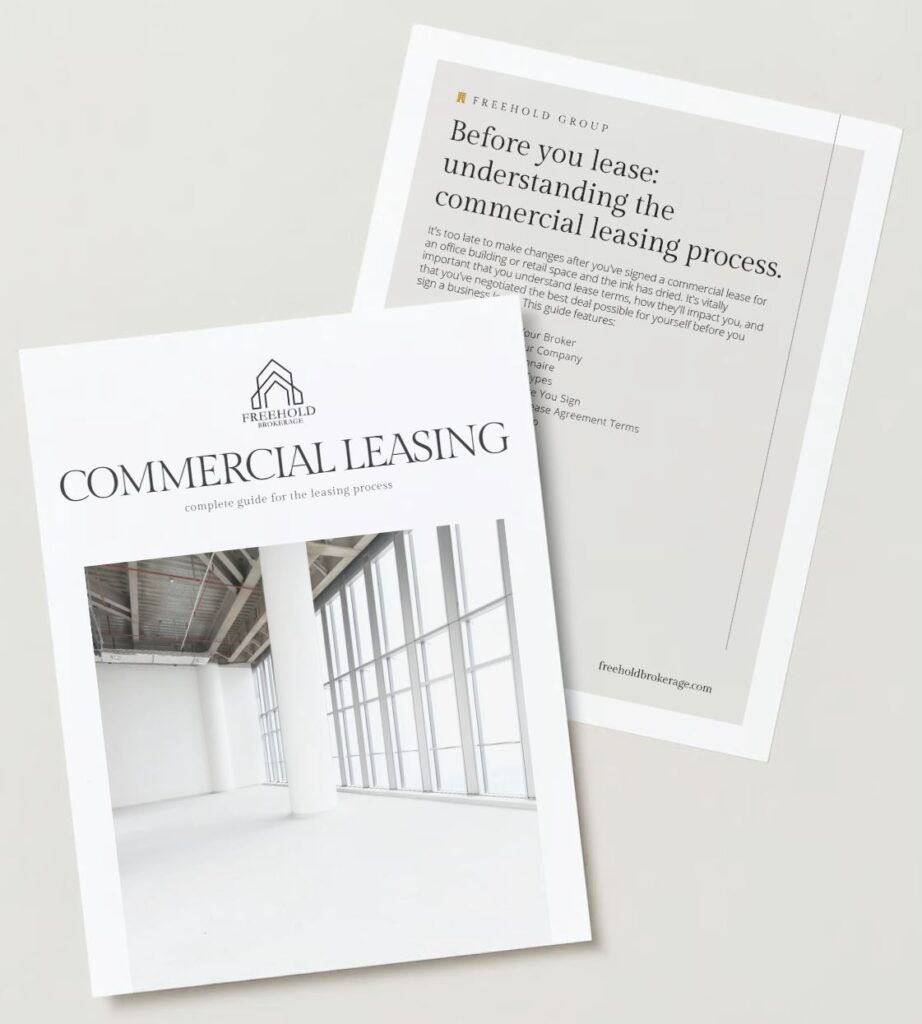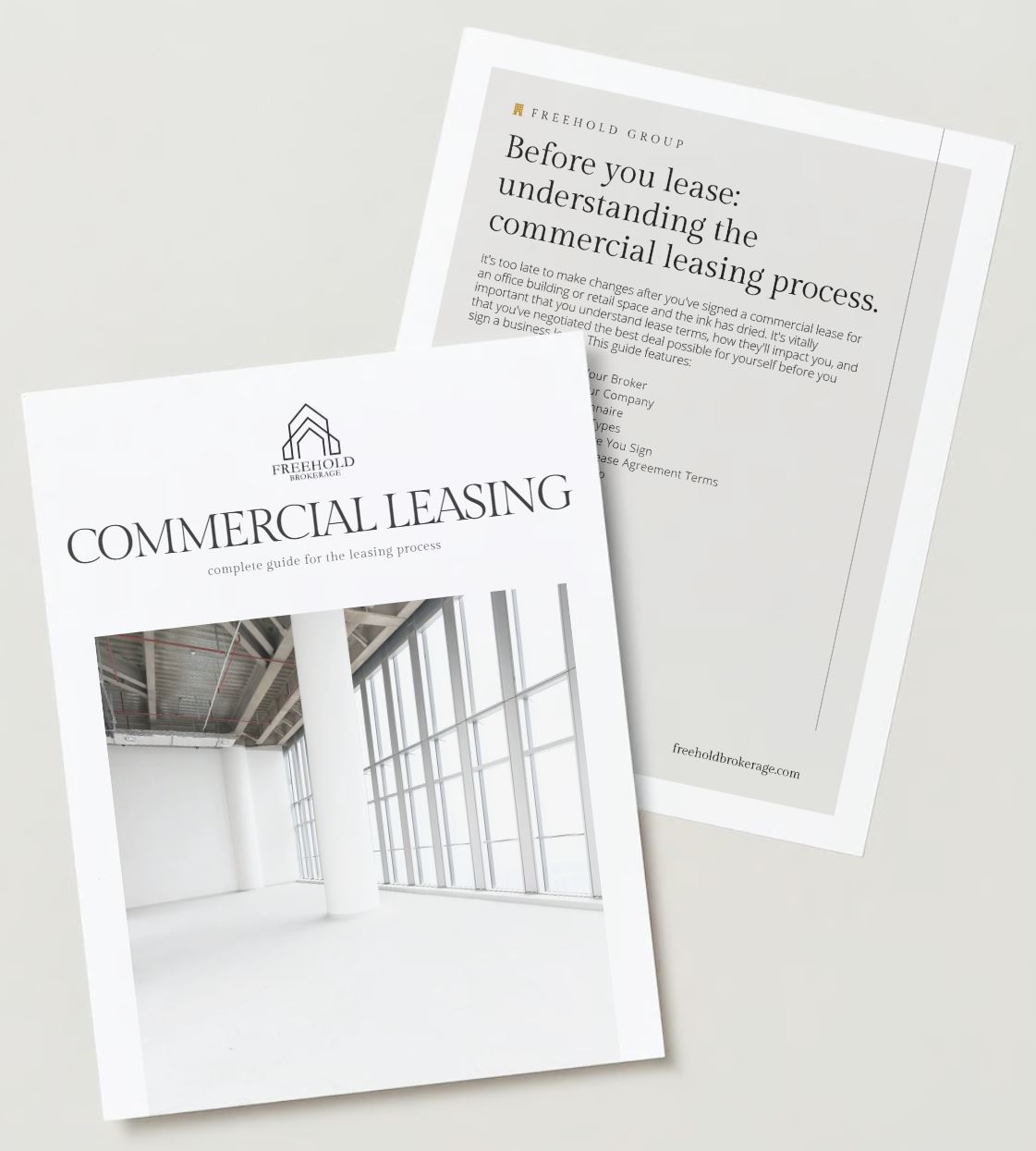Leasing commercial space in Oregon requires thorough consideration of various factors beyond just location and size. Here’s a detailed exploration of what you need to know to make informed decisions when leasing commercial property in the Beaver State:
- Understand Lease Structures:
Commercial leases come in different structures, each with its own implications for both landlords and tenants. In a gross lease, the tenant pays a fixed rent while the landlord covers expenses like utilities, taxes, and maintenance. Net leases require tenants to pay additional costs such as property taxes, insurance, and maintenance. Modified gross leases fall somewhere in between, where some expenses may be split between landlord and tenant. Understanding these structures helps you assess the total cost of occupancy and negotiate favorable terms.
- Explore Location Dynamics:
Oregon’s commercial real estate market offers diverse options ranging from bustling urban centers to serene rural landscapes. Consider factors like foot traffic, accessibility, visibility, and local demographics when choosing a location. Portland, with its vibrant economy and cultural scene, attracts businesses of all sizes, while areas like Eugene and Salem offer distinct advantages for various industries. Additionally, Oregon’s suburban areas provide opportunities for businesses seeking a balance between urban amenities and affordability.
- Leverage Commercial Real Estate Brokers:
Engaging the services of a commercial real estate broker familiar with Oregon’s market dynamics can be invaluable. Brokers possess insider knowledge of available properties, market trends, and negotiation strategies. They can help you navigate lease agreements, identify hidden costs, and find properties that align with your business goals. Collaborating with a reputable broker ensures you have an advocate who prioritizes your interests throughout the leasing process.
- Scrutinize Lease Agreements:
Carefully review lease agreements to understand your rights, obligations, and potential liabilities. Pay attention to clauses related to rent escalation, lease duration, renewal options, and tenant improvements. Consider seeking legal counsel to review complex lease terms and ensure they align with your business objectives. Clarify any ambiguous language and negotiate favorable terms that offer flexibility and protection for your business.
- Factor in Additional Costs:
In addition to base rent, budget for ancillary expenses associated with leasing commercial space in Oregon. These may include utilities, property taxes, insurance premiums, common area maintenance fees, and tenant improvements. Anticipate potential fluctuations in operating costs and factor them into your financial projections to maintain cash flow stability and avoid unexpected financial burdens.
- Navigate Tenant Improvements:
Tenant improvements play a crucial role in customizing commercial space to meet your specific needs. Collaborate with landlords to negotiate tenant improvement allowances and timelines for completing renovations or build-outs. Clearly outline the scope of work, quality standards, and cost-sharing arrangements in the lease agreement to minimize misunderstandings and ensure timely project completion.
- Know Your Rights as a Tenant:
Familiarize yourself with tenant rights and protections afforded by Oregon’s landlord-tenant laws. Understand procedures for rent payment, property access, maintenance requests, dispute resolution, and lease termination. Stay informed about eviction laws and mechanisms for resolving disputes to safeguard your interests and maintain a positive landlord-tenant relationship.
Conclusion:
Leasing commercial space in Oregon demands careful planning, diligent research, and strategic decision-making. By understanding lease structures, exploring diverse locations, leveraging professional expertise, scrutinizing lease agreements, budgeting for additional costs, navigating tenant improvements, and knowing your rights as a tenant, you can navigate the complexities of the leasing process with confidence. With the right approach, leasing commercial space in Oregon can be a rewarding endeavor that propels your business toward success in the dynamic Pacific Northwest market.








